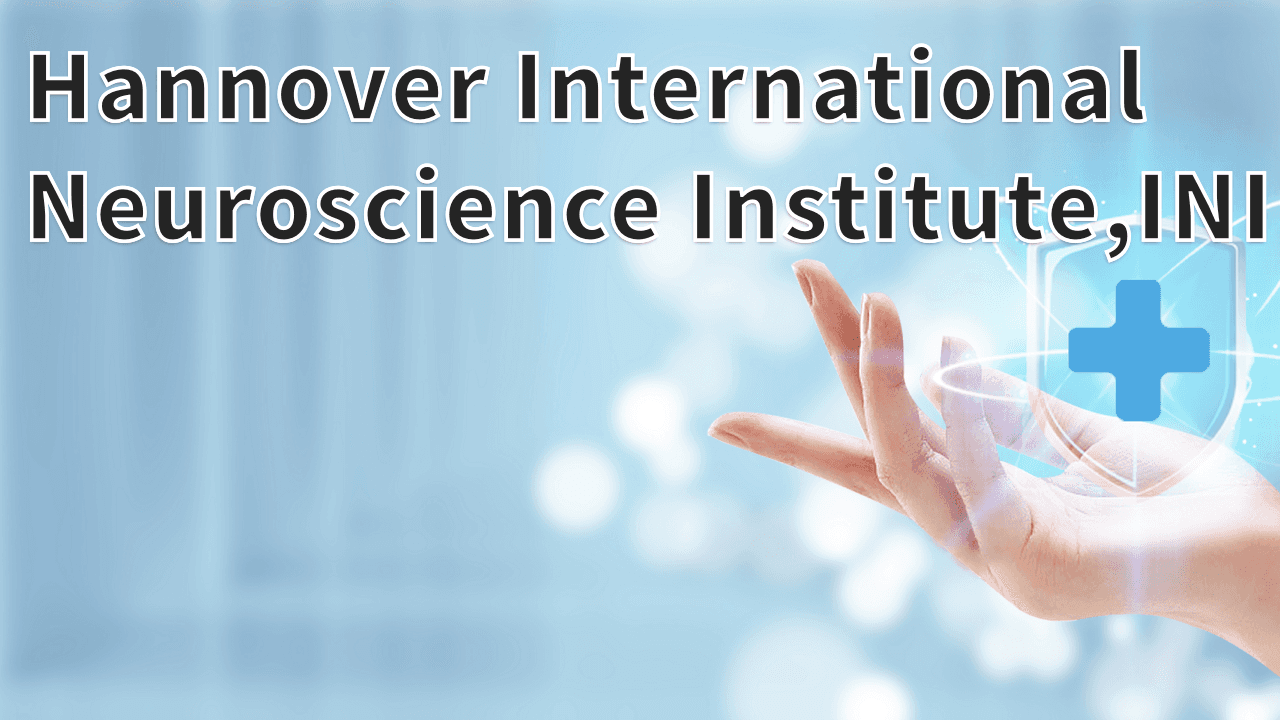The Nobel Prize in Physiology and Medicine in 2021 was awarded to David Julius and Ardem Patapoutian for "explaining the molecular basis for sensing heat, cold and mechanical forces." Their discovery ended the scientific exploration to determine the mechanism of the somatosensory system to mediate the detection of the internal and external environment.
Where perception is, there also are pain and pleasure, and where these are, there, of necessity, is desire.— Aristotle (On The Soul)
Like all animals, humans rely on the detection of the physical world through their skin. By touching, we guide and manipulate tools and objects in the environment, determine their shape and temperature, and sense the pain or happiness of the body. Since ancient times, philosophers have been thinking about the nature of these processes. Aristotle wrote: "... We do not perceive the same cold and heat or hard and soft, but only excessive perception. Feeling itself is an average value between opposites, which are the characteristics of the perceived object." (On Soul 423b30-424a10)
Today's physiologists would like to interpret this sentence as a hypothesis, that is, there are special sensory nerves to detect physical stimuli, and then the central nervous system will integrate and interpret them. With the emergence of scientific methods, the original pure philosophical exploration has changed. Scientific methods have accelerated our understanding of the world by collecting evidence through observation and experiments. The Nobel Prize in Physiology and Medicine in 2021 was awarded to David Julius and Ardem Patapoutian, also to celebrate their great achievements in uncovering receptor molecules that enable us to sense physical force and temperature.
The scientific exploration of understanding sensation began with Jean Baptiste Lamarck (1744-1829), who believed that sensation occurs when motion is stimulated in the fluid of sensory nerves. The grandfather of Charles Darwin, Erasmus Darwin, was one of the first people to explore the specific nerve of feeling heat, and his research provided evidence for the existence of temperature receptors. Later, many physiologists carried out a series of work at the end of the 18th century and the beginning of the 19th century, which made people deeply understand the special nerve fibers for detecting and transmitting various tactile sensations.
Maximilian von Frey (1852-1932) proposed a model that pain and harmless touch are tactile senses detected by different types of sensory nerves, with independent attributes. He also proposed that the skin has tactile, cold, warm and pain perception points, and has unique regional changes and sensitivity. Today, the "von Frey hair test" named after him can still be used to detect skin sensitivity in clinical and scientific fields.
Our current understanding of the sensory system basically comes from anatomical and neurophysiological research in the 20th century, many of which have been recognized by the Nobel Prize. Because of scientists' exploration, we now know that physical stimuli are detected by somatosensory neurons. These specialized neurons are located in the trigeminal foramen and along the spine in the form of clusters called somatosensory ganglia, projecting them to the skin, muscles, joints and some internal organs. These are the longest cells in our body. These processes, called somatosensory afferent nerves, are used to detect physical stimuli, such as temperature, mechanical pain or chemical stimuli. Some afferent nerves dominate the organs in the skin that are specially used to detect various forms of touch, such as Merkel cells, Meisner bodies and Parsini bodies, while other afferent nerves can form complex structures around hair follicles to detect hair movement. When the physical stimulus generates action potential -- the potential oscillation on the plasma membrane, propagates along the afferent area, and transmits the detected stimulus to the integration center of the spinal cord and brain, sensation is generated.
Although this view is far from complete, it depicts a coherent neurophysiological picture of how the somatosensory system detects physical stimuli. However, a key question remains: What molecules enable the somatosensory afferent nerve to detect different stimuli, such as heat, cold and mechanical forces?
Scientists observed that the somatosensory neurons will have an initial serous membrane depolarization called receptor potential before generating action potential, which supports the existence of these molecules. Although it has been determined that the molecular channel of receptor potential is an ion channel, that is, a protein that forms an ion selective pore on the plasma membrane; However, for decades, it is still difficult to determine the ion channels that generate receptor potential in somatosensory afferent. In addition, the experiment that can identify this ion channel will be out of reach for a long time.
In order to solve this problem, David Julius and Ardem Patapoutian's laboratory have developed corresponding tools. They used these tools to identify ion channels and prove their important role in the sense of body of humans and other animals, bringing the whole field into a new era.
Some people like spicy food
Most of us are familiar with the burning sensation we experience in our mouth when eating chili or other spicy food. However, you may be surprised to find that this feeling does not come from the taste system, but from the same somatic sensory neurons that detect heat (temperature receptors) and various forms of pain (nociceptors). When eating chili or other spicy foods, the chemical responsible for this effect is capsaicin, which is a hydrophobic vanillic acid, first extracted and named by German pharmaceutical chemist Christian Bucholz in 1816. Whether it is applied on the tongue or rubbed on the skin, capsaicin will cause a burning sensation, which is similar to heat burn in perception. Paradoxically, after long-term use, the burning sensation was replaced by numbness or pain relief. Therefore, since the middle of the 19th century, doctors began to use capsaicin to relieve various types of pain. For decades, capsaicin has been used as an effective pharmacological tool to study heat receptors and nociceptors.
Since then, more and more evidence has pointed out that capsaicin and burning heat not only act on the same type of heat receptor neurons, but also act on the same ion channel that generates the receptor potential of these neurons. Along this path, many scientists committed themselves to discovering the receptor of capsaicin, and finally discovered TRPA1 and its homologous analog TRPV1, as well as the significant plasticity of TRP channel.
Tactile response
In On the Soul, Aristotle believed that the feeling of touch was crucial. He believes that animals can lack hearing, taste, smell or vision, but the loss of touch (or "mechanical sense") is equivalent to death. In fact, all organisms, from bacteria to humans, can perceive the outside world through mechanical contact. Multicellular organisms can also distinguish between internal and external mechanical forces, as well as various tactile sensations, such as vibration, texture, and tightness. Similar to taste and smell, the sense of touch in the tongue and mouth is also essential to perceive the overall taste of food. However, compared with other senses, people lag behind in understanding the working principle of touch at the molecular level.
Like heat and cold, scientists know that mechanical forces are detected by specialized somatosensory affectors. Just as the response of temperature receptors to different temperatures means the existence of hot and cold molecular sensors, the existence of action potentials evoked by mechanical forces in mechanoreceptor neurons means the existence of molecular receptors specialized in sensing mechanical stimuli. However, because there is no obvious physical ligand to activate the mechanoreceptors, some people think that the body is detecting the micro damage of the plasma membrane of the mechanical force equivalent to the mechanical sensory afferent nerve, thus avoiding the need for specific sensory molecules. However, is there only a mechanically activated ion channel? This view is worth thinking about.
Subsequently, researchers from Patapoutian Laboratory of Scripps Research Institute found the ion channels Piezo1 and Piezo2 through unremitting efforts, and solved this mystery.
It is difficult to describe a physiological process that is not affected by mechanical force. Even if most cells are not directly involved in somatosensory mechanical transmission, they will experience mechanical loads and respond to mechanical stimuli in some way. After the preliminary discovery of Piezos (also known as piezoelectric body), Patapoutian's team extended their work beyond mechanical physiology and carried out a tour research, clarifying the key role of Piezo1 and Piezo2 in all aspects of sports biology. They found that Piezo1 can regulate the formation of lymphatic valves, the development of blood vessels, the metabolism of iron, and the balance of red blood cells, and affect the sensitivity of red blood cells to plasmodium infection. The study found that the dysfunction of Piezo1 and Piezo2 was related to the severe hereditary diseases of human beings, namely, xerocytosis and arthritis. In addition to mammals, the Patapoutian team also found that Piezo homologues played a role in the mechanical sensitivity of drosophila and Arabidosis plants, indicating that the function of this channel was conservative in evolution.
Although initially found in the somatosensory system, the TRP and Piezo channels of heat and cold sensation are the basis of biological phenomena related to temperature and mechanical sensitivity under other physiological logic backgrounds, including thermoregulation, inflammation, red blood cell physiology and bone formation. The work of scientists such as David Julius and Ardem Patapoutian is an outstanding example of basic science illuminating and promoting research in various fields. The recognition of these achievements by the Nobel Conference emphasized the great value and far-reaching potential of basic research driven by curiosity.






